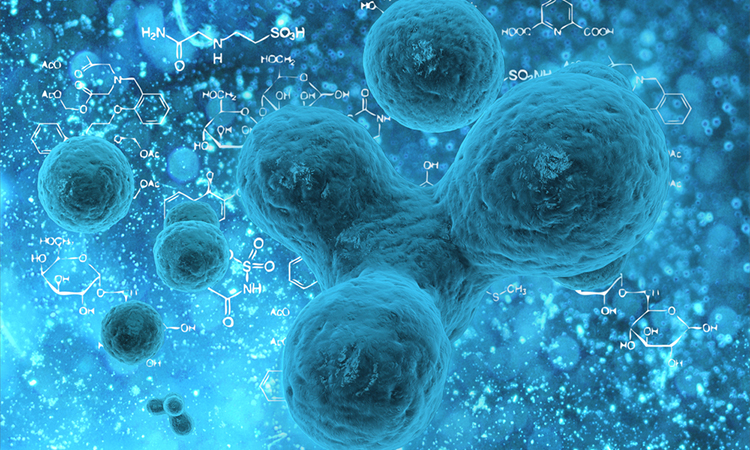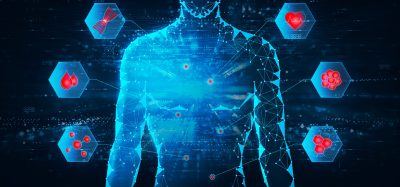New method to label proteins could help track disease
Posted: 26 October 2022 | Ria Kakkad (Drug Target Review) | No comments yet
Scientists have developed a new method to study the proteins released by cells, which could lead to the development of new tools to track diseases including cancer.


Researchers at the Francis Crick Institute and Imperial College London, both UK, have developed a new method that identifies proteins released by a specific type of cell, even if the cells are in a complex environment with lots of other cell types. The study was recently published in Nature Communications.
“When you have a sample containing various cell lines, it is very difficult to identify the proteins that came from a specific line. Of course, in the laboratory, we can create experiments with only one type of cell, however these conditions do not mirror what happens in the body where complex interactions between cells could affect their behaviour and so the proteins they release,” explained lead author Ben Schumann.
The new technique is centred around adding chemical tags to sugar molecules which are added to cells. While all cells absorb the sugar, the researchers genetically modify the cell type they want to study, so that only this type adds the sugar to its proteins. When the cells make these proteins, they remain marked with the chemical tag, meaning that researchers can identify them.
The method uses bioorthogonal or ‘click’ chemistry which was awarded this year’s Nobel Prize in Chemistry. The chemical tag is selected so that it ‘clicks’ with another molecule that helps the researchers isolate the desired proteins or add a fluorescent tag to them.
The researchers showed their method, called Bio-Orthogonal Cell line-specific Tagging of Glycoproteins (BOCTAG), worked in cell cultures with multiple cell lines and in mice, where the researchers successfully tagged proteins from cancer cells.
“In this study, we looked at proteins made by cancer cells, but our method could also be used in other fields including immunology or the study of infectious disease. It could also be used to better understand disease biology, including how tumour cells change as a result of complex interactions in the body,” said first author Anna Cioce.
“The next step for our team will be to continue developing this method and learning more about how cells produce different proteins depending on their environment,” concluded Schumann.
Related topics
Biomarkers, Molecular Biology, Molecular Targets, Protein
Related conditions
Cancer
Related organisations
Francis Crick Institute, Imperial College London
Related people
Anna Cioce, Ben Schumann








